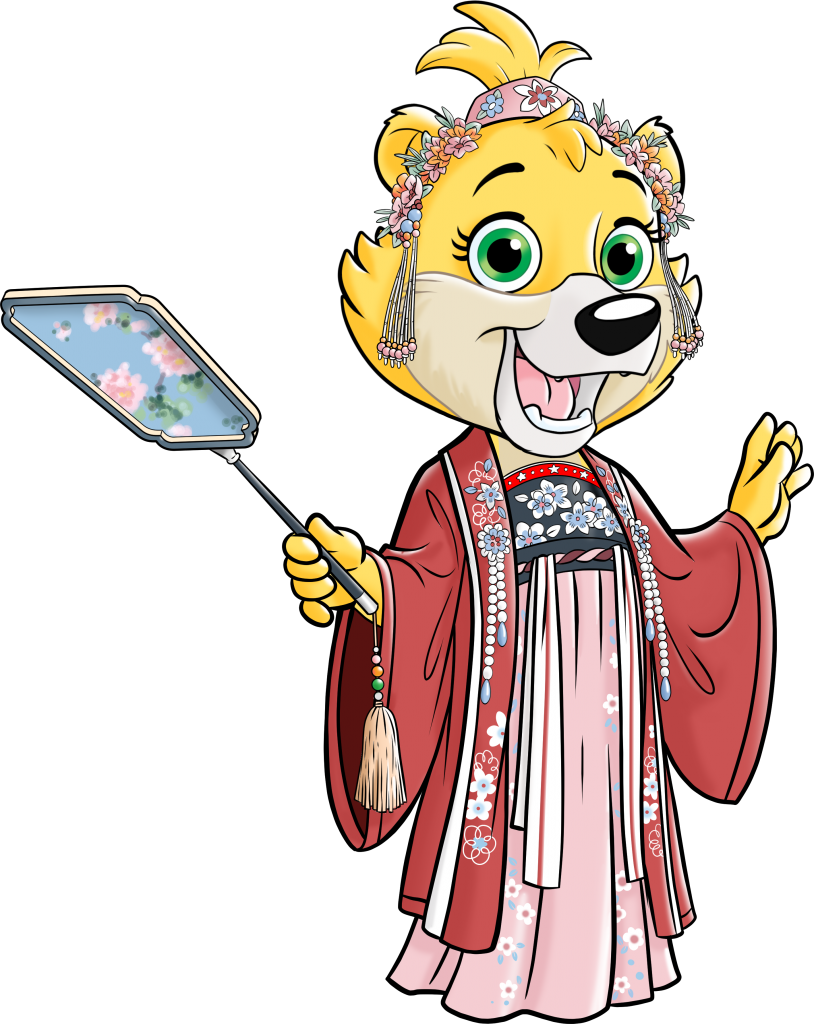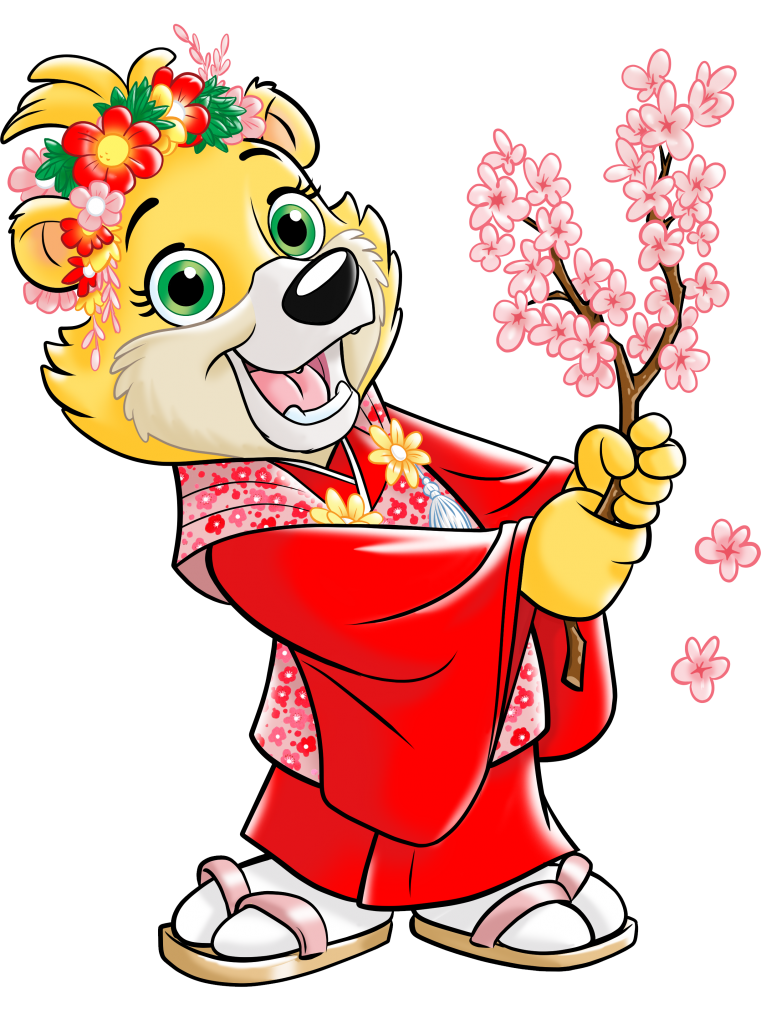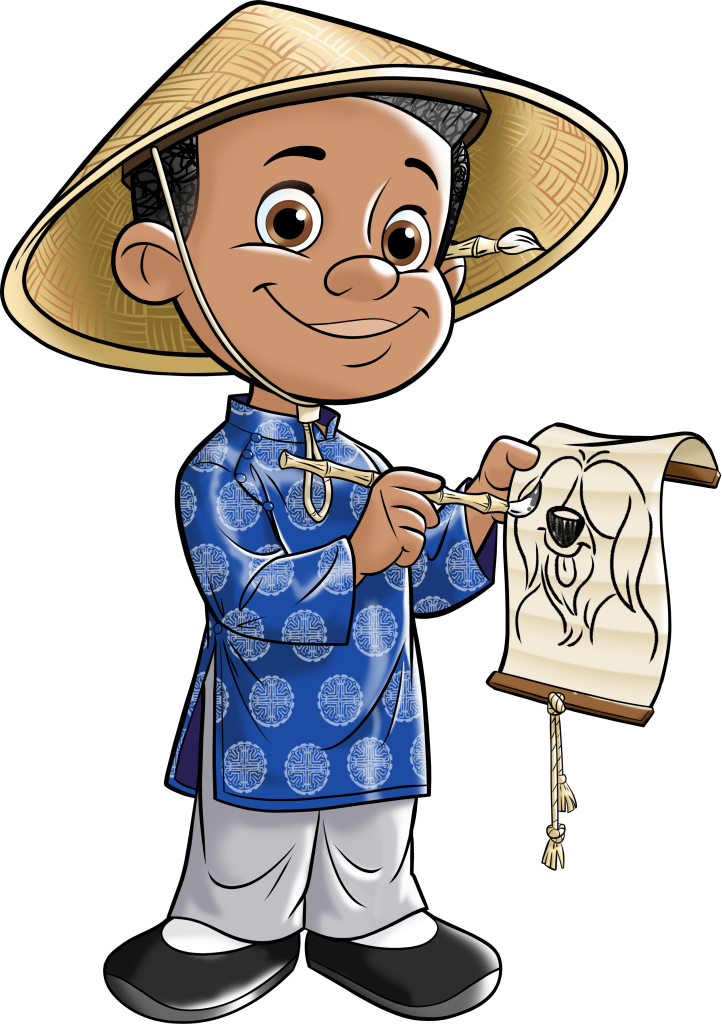Celebrating Global Diversity: Let’s Incorporate Cultures into March is Reading Month

If you’re an elementary school staff member, you know March isn’t just any old month! It is the National Reading Month observed across America annually to inspire young readers and celebrate the joys of reading. This month-long celebration began as a way to spread the love of reading among children and encourage them to pick up books, both for pleasure and learning. However, with each passing year, educators and literary enthusiasts have realized the significance of incorporating global diversity into the Reading Month celebrations.
In our increasingly globalized world, it has become essential to expose young learners to different cultures and traditions for a positive impact. Observing global diversity in ‘March is Reading Month’ can be an exciting way to introduce children to the world’s multiculturalism through literature. So, let’s explore some fun and engaging ideas to add global perspectives to your reading month celebrations.

- Explore Literary Works by Diverse Authors
When you pick your list of recommended books for ‘March is Reading Month’, ensure that you are including literary works by diverse authors. You can include works written by authors from different ethnicities, religions, and cultural backgrounds. Look for authors outside your regular reading list to diversify your knowledge and provide insights from different perspectives. You can even include translated works to give students a glimpse into literature from other countries.
- Celebrate Different Festivals
March is Reading Month provides a perfect opportunity to celebrate different festivals from around the world. You can use books that explain different cultural festivals such as Holi, Easter, Passover, and others and plan corresponding activities around them. You can also invite guest speakers or parents from different cultural backgrounds to share their culture’s significance and traditions during the festival season.
- Immerse in Culture
Learning is always more fun when it is through a ‘kinesthetic’ approach. So, why not arrange for an International Cuisine Day, create study groups to explore different countries and their characters, or even have kids to present their heritage cultures? Such interactive learning can promote cultural inclusion among young learners.
- Multicultural Book Club
Another idea to promote a love of reading and multiculturalism among students is to start a multicultural book club. This book club should focus mainly on books written by diverse authors and provide a safe space for students to discuss different cultural norms and practices. This activity can aid in promoting diversity, celebrating differences, and encouraging students to empathize with different perspectives.

At GrapeSEED, we value the culture and first language of each one of our students. Are you ready to learn more about our English Language Acquisition Curriculum? Just click here.